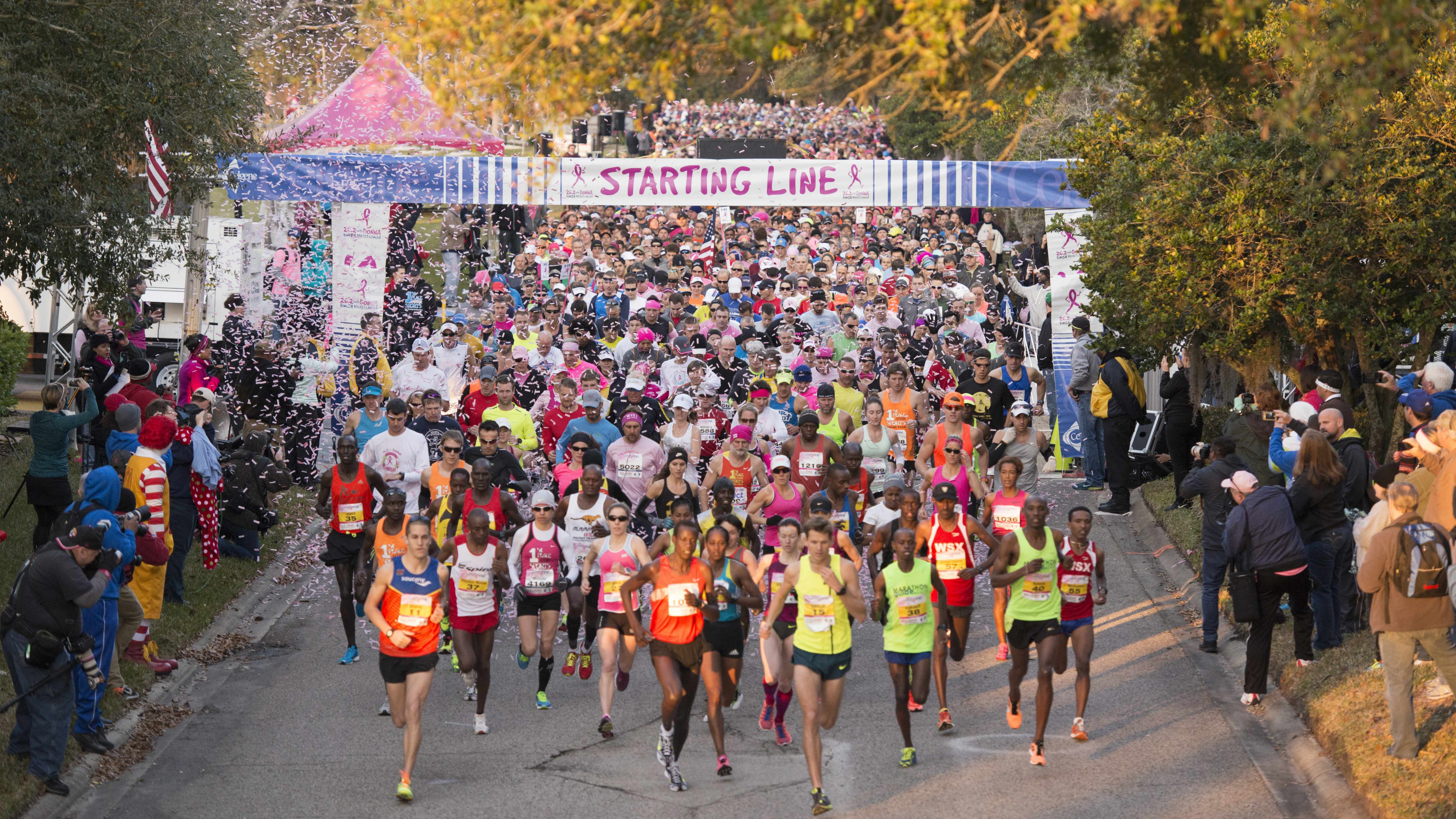-
Cancer
Runner’s Science: Research predicts, prevents injuries in athletes
For the past 11 years, a team of physicians and researchers at Mayo Clinic has been collecting data from athletes in an attempt to predict and prevent running injuries.
Runner’s Science, as the research study is known, studies the effects of distance running on the human body. The project was launched in 2008 alongside the inaugural 26.2 with Donna – The National Marathon to Finish Breast Cancer, a race founded by Mayo Clinic patient Donna Deegan to support cancer research. With almost 10,000 athletes from all 50 states and several countries, the marathon provides researchers with a diverse pool of study participants.
“The objective of Runner’s Science is to look into various problems that runners have so we can understand why they happen. If we can understand more about why these diseases or injuries happen, then we can start to look at ways to prevent them and fix them,” says Dr. Sara Filmalter, a Mayo Clinic family and sports medicine physician.
“The most common injuries runners experience are lower extremity injuries – mostly knee pain, hip pain, and foot and ankle pain,” she adds.
Over the past decade, research has looked at how food and fluid intake, foot strike and training distances affect runners.
“In the early years, we obtained a lot of data on runners with race-related injuries, and we found that undertraining for a race can lead to injuries during the event," says Dr. Filmalter. "Our research showed, for example, half-marathon runners who ran less than three days per week during training, or whose long run was less than 10 miles at the peak of their training were more at risk for injury during their race.”
Runner’s Science also uncovered significant findings related to food and fluid intake, and finishing time.
“We’ve found that runners who consume whole food during a distance race have slower paces, compared to the runners consuming gels, who had faster paces,” says Dr. Filmalter.
“Additionally, we found that runners with slower paces tend to be at the greatest risk for exercise-induced hyponatremia or low sodium, which can be very detrimental ─ even deadly. We found that slower runners stop more often and consume more water.”
Dr. Filmalter’s recommendation: “Regardless of pace, we recommend runners drink to thirst and remember to consumer some beverages that have electrolytes in them, such as sports drinks.”
Most recently, Runner’s Science has been reviewing specific body parts to help determine whether differences in size, shape or thickness will predispose a runner to pain or injury.
“This year, Runner’s Science will focus on ultrasound evaluation of Achilles tendons in runners who do not have any pain there. We’re trying to see any differences that may predict whether or not a runner has issues with their tendons in the future,” says Dr. Filmalter.








